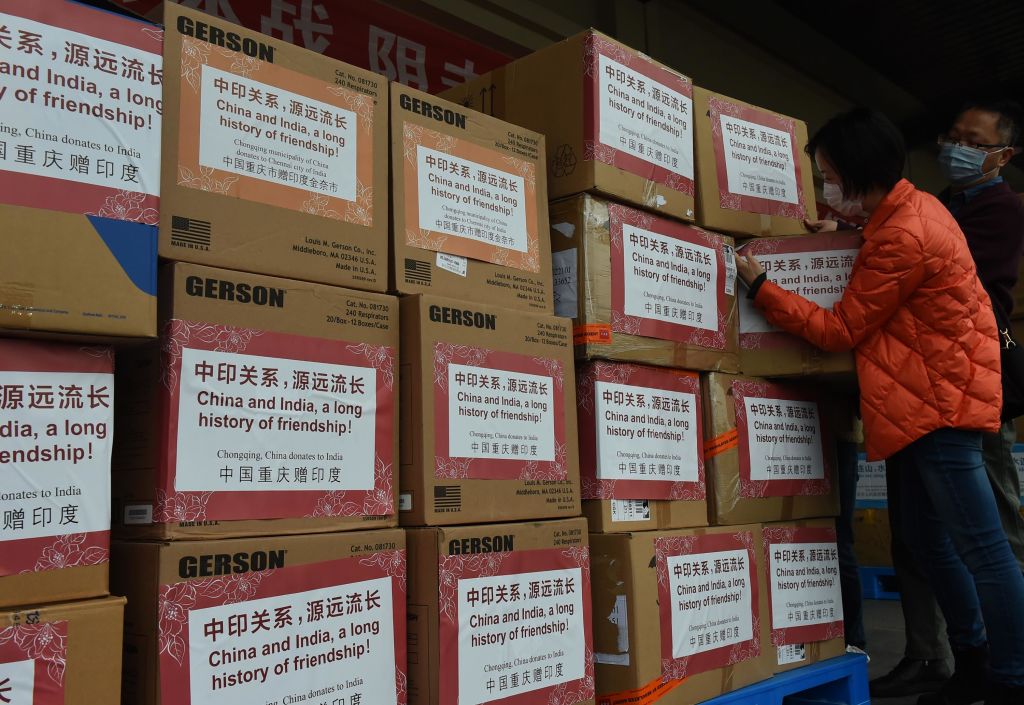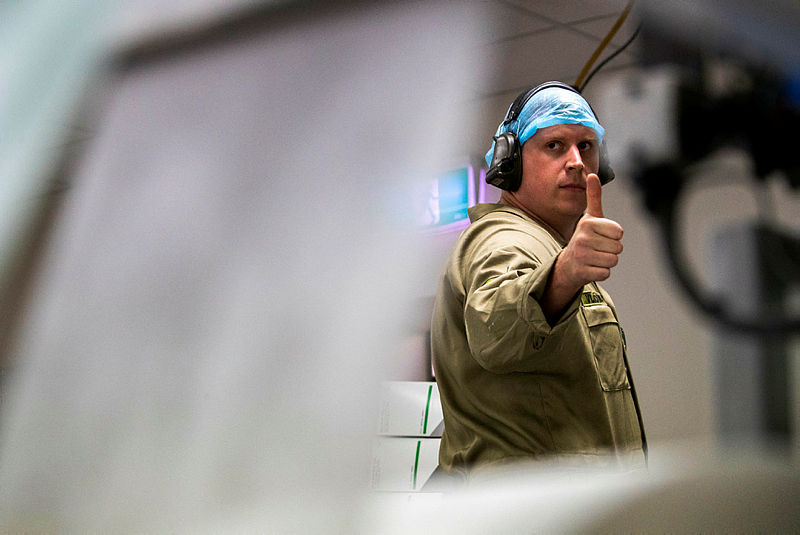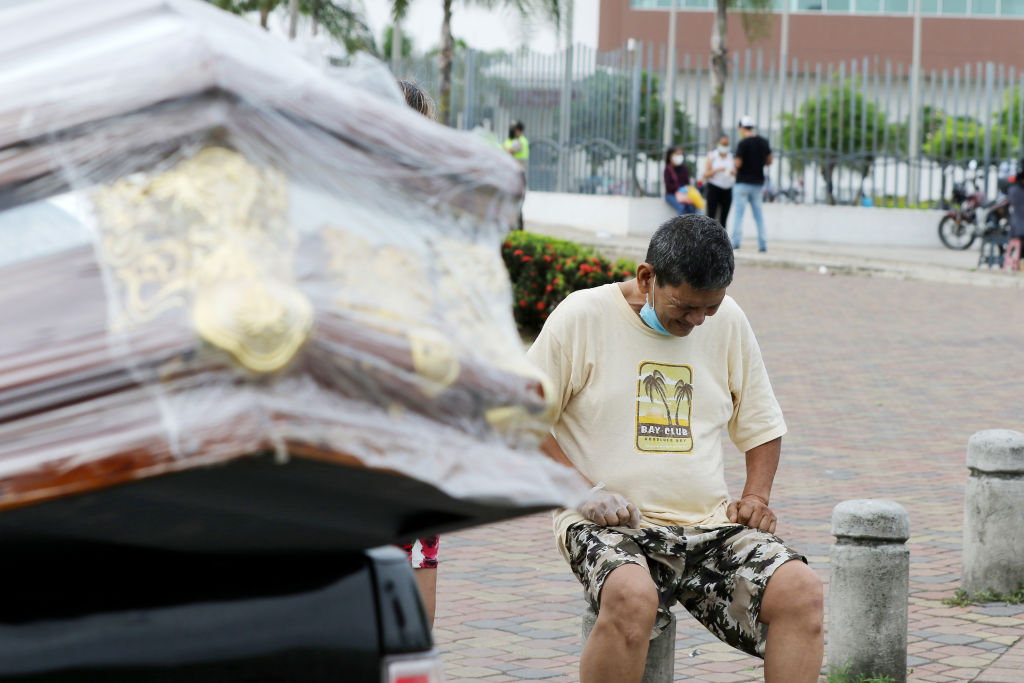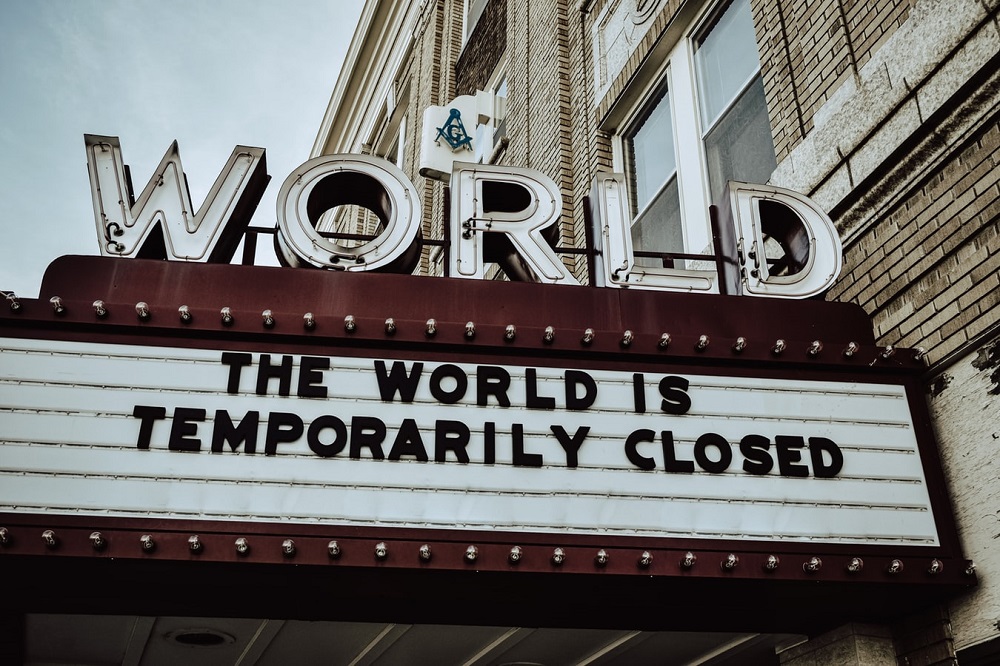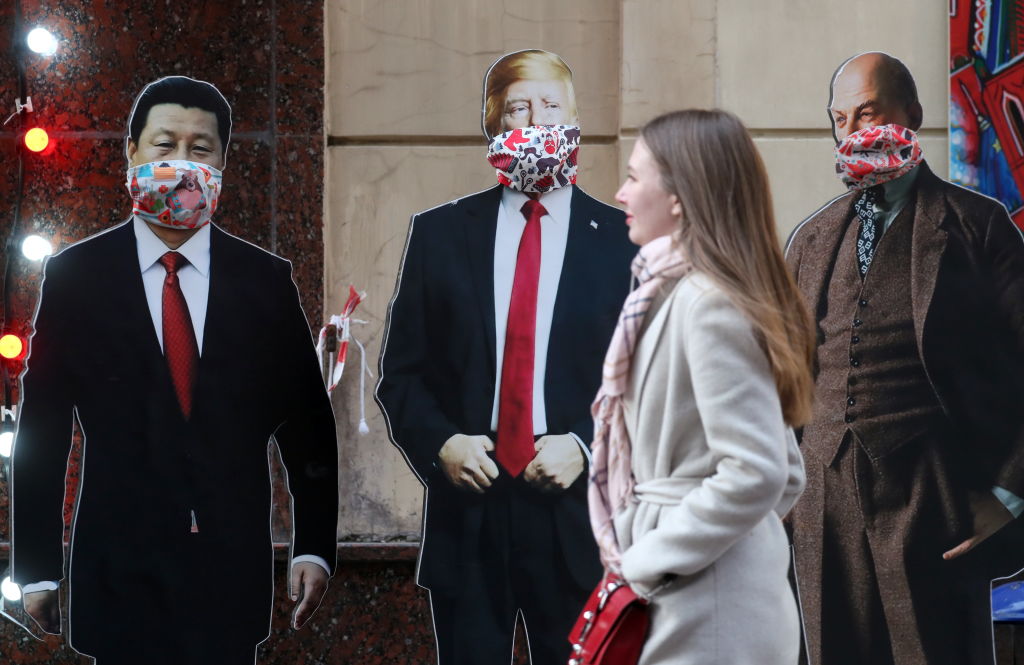Coronavirus denial spreading on social media
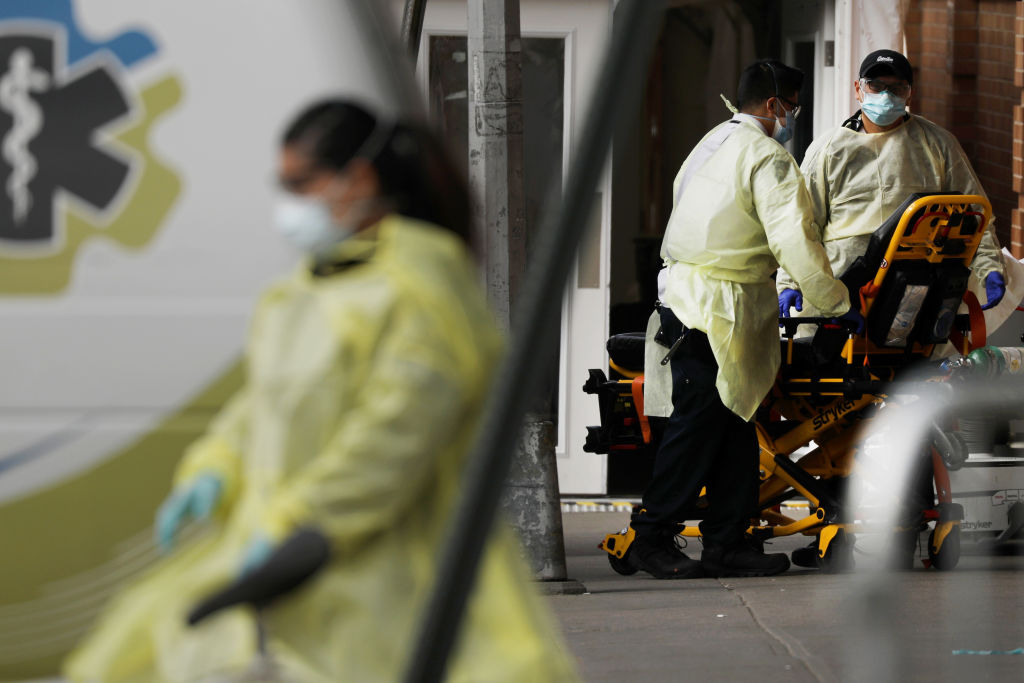
As the Covid-19 crisis plays out across the world, a disturbing new form of denialism is emerging which seeks to sow doubt not just about the seriousness of the pandemic or the response to it, but about whether the virus exists at all.
Spurred on by conspiracy theorists and some right-wing media pundits, people using hashtags like ‘#filmyourhospitals’ and ‘#emptyhospitals’ are actively encouraging individuals to film hospitals and medical facilities—the implication being that, if hospitals appear quiet and calm from the outside, this ‘proves’ that the coronavirus crisis is being faked as part of a conspiracy to achieve some nefarious goal.
Google’s search trend data shows clearly the day the ‘empty hospitals’ narrative took off. The #filmyourhospitals hashtag was first tweeted on 29 March by a QAnon conspiracy theorist on Twitter. It was then amplified by others with large numbers of followers, including former congressional candidate DeAnna Lorraine Tesoriero (whose Twitter account was recently retweeted by President Donald Trump).
‘Let’s get #FilmYourHospital trending’, Tesoriero wrote on 30 March in a Facebook post in which she questioned why two Los Angeles hospitals she’d visited appeared quiet. The post had been viewed more than 118,000 times as of 14 April.

The trend may have started with US-based QAnon conspiracy theorists, but its reach is growing by the day. Although most of the activity is still in the US, variants of the trend now exist in multiple countries and in multiple languages. Even when hospitals are clearly busy and filming captures people being wheeled in on stretchers, patients are dismissed as ‘crisis actors’ staging the scene for the media.
What sets #filmyourhospitals and #emptyhospitals apart from other conspiracy hashtags is that they are actively seeking to encourage real-world action—people have indeed been going out and filming hospitals. A multitude of videos across Twitter, Facebook and YouTube show individuals driving by hospitals, sitting in carparks and even walking into facilities and hassling medical workers.
This is worrying for a range of reasons. It poses significant concerns for the physical safety and privacy of both patients and healthcare workers. Many of the individuals participating in this growing social movement may not be especially well-adjusted, to put it mildly, and any trend which encourages suspicious and in some cases potentially aggressive individuals to hang around filming medical facilities and harassing staff during a pandemic is troubling.
The trend also risks undermining the effectiveness of health responses on several levels. Having people moving between multiple medical facilities to film them, as some individuals are, obviously carries a direct risk that those individuals will themselves spread Covid-19, especially if they don’t believe the virus exists and aren’t following social-distancing practices.
Their actions pose a much broader risk to achieving the kind of widespread compliance with regulations which is crucial to containing the virus. People who don’t believe the virus is real won’t support or accept the kind of radical changes to daily life and social interactions which we are all now having to come to terms with.
Parsing exactly what these individuals believe and why they believe it will be a complex process (there is never just one version of a conspiracy theory), and it’s likely that multiple strains of QAnon, anti-vaxxer and anti-New World Order conspiracy groups are active on these hashtags. Understanding the variations of the conspiracy is probably less important in the short term than simply getting on top of this trend before it spreads further and causes real damage.
Social media platforms could make a major contribution by removing any content containing the hashtags #emptyhospitals and #filmyourhospitals. This would not be enough to quash it entirely—as is always the case, some users would find ways around the ban—but it would at least help to reduce the spread.
More broadly, governments and health authorities need to be aware that there are growing pockets of coronavirus denialism within their communities. The fight against Covid-19 has often been referred to as a war with an invisible enemy; as bizarre as it may seem, part of the battle, at least when it comes to some groups, may be simply convincing them that there even is an enemy.


